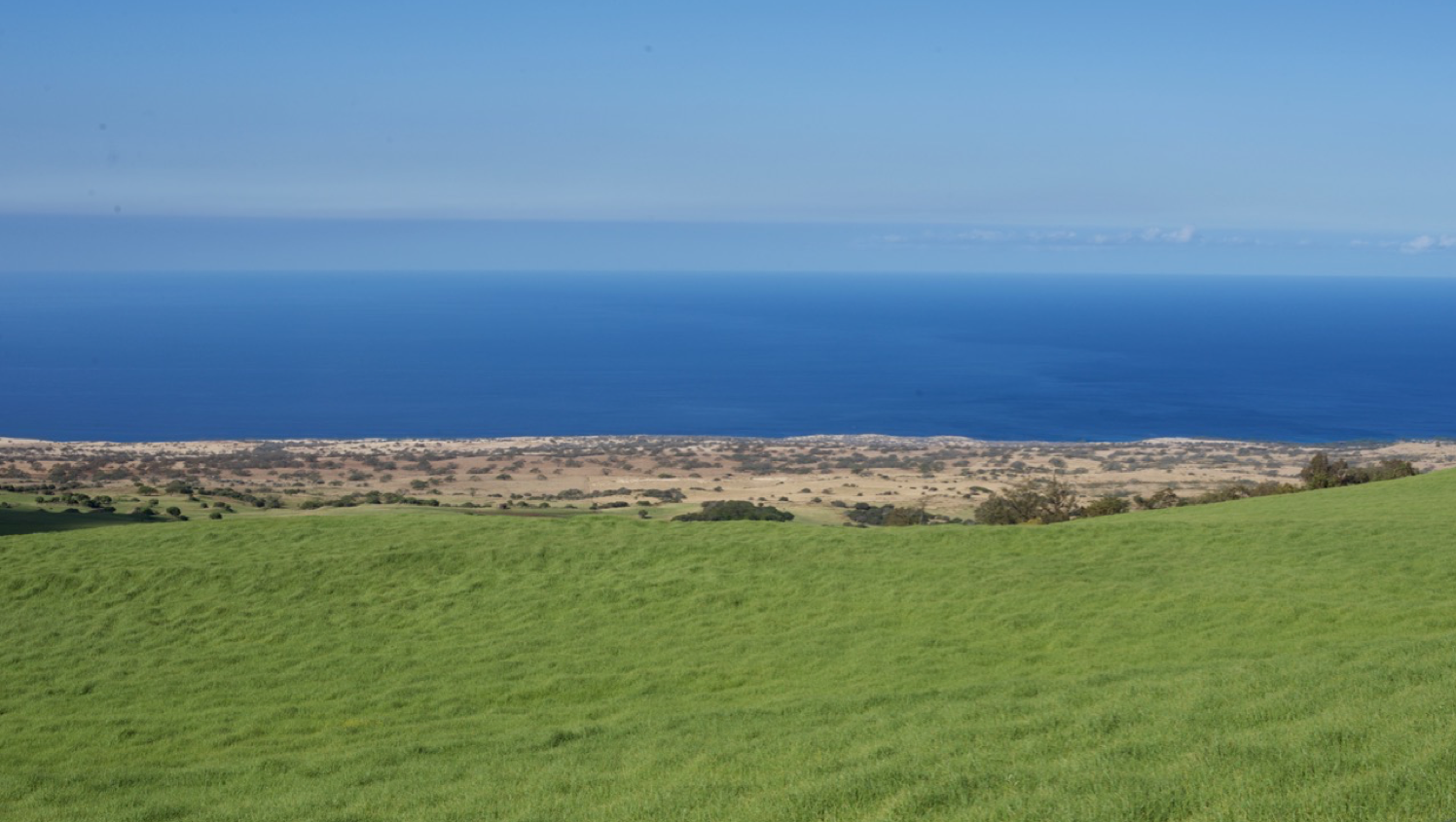Dust travelled thousands of miles to enrich Hawaiian soils
With its warm weather and sandy beaches, Hawaii is a magnet for tourists every year. This unique ecosystem also attracts soil scientists. An international team of researchers investigated the amount and type of phosphorus in the soil and came up with astonishing results.

In a external page recent paper published in Geoderma, European researchers outline how they used the rich soils of Hawaii to study the critical movement of phosphorous through the environment. The project was led by Agroscope scientist Dr. Julian Helfenstein, Prof. Emmanuel Frossard with the Institute of Agricultural Sciences, ETH Zurich; and Dr. Christian Vogel, a researcher at the Federal Institute for Materials Research and Testing in Berlin.
Analysis by the Canadian Light Source synchrotron
The team used the Canadian Light Source (CLS) at the University of Saskatchewan to help analyze the different types of phosphorus in their samples and track their origins. “Some synchrotrons don’t want to have any dirt in their beamlines, so it makes it more difficult to analyze soil samples,” Vogel said. That is why the team went to the CLS, a facility that prioritizes agricultural research and welcomes soil science projects. Vogel analyzed the samples using different spectroscopy techniques on the external page VLS-PGM beamline at CLS, which uses extremely bright light.
Surprising phosphorus deposit in wet soils
Phosphorus generally comes from apatite found in the bedrock, Helfenstein explained. So, the group was surprised to discover that some of the phosphorus in their weathered Hawaiian Hawaiian topsoil samples had originated from dust that was deposited by air currents. This dust, and the phosphorus contained within, traveled thousands of kilometers before settling on the island.
Researchers would expect to find apatite in soils in dry areas where it would not get washed away by rainfall. So, finding evidence of apatite in wet soils amazed the scientists. “On the wet end of the gradient, these soils are extremely weathered so primary apatite was gone, but we still found these small grains of apatite in the soil co-located with quartz, suggesting that it’s coming from somewhere else. It’s not coming from the bottom, it’s coming from the air,” Helfenstein said.
The team collaborated with atmospheric physicists who used modeling to trace the backward trajectory of the dust, pinpointing the air currents that the dust had traveled in and the origin of the apatite.
Plant nutrition from the air
Frossard explained that extended rainfall can lead to very old and weathered ecosystems that researchers would expect to collapse from limited phosphorus. However, if apatite comes from somewhere else, like dust carried on air currents, then you will see healthy, productive ecosystems. This helps to explain plant growth on highly weathered soils in Hawaii. Frossard has worked on climate sequences for decades, including studying the climate gradient in the Canadian prairies, and has been following news from the CLS since its construction in 1999.
“What I see here is a very powerful instrument – the fact they allow us to study soil is really something superb. It allows us to improve our knowledge in biology and in chemistry of soil.” The team looks forward to unearthing more environmental secrets in the future.
Further information
- Vogel C, Helfenstein J, Massey MS, Sekine R, Kretzschmar R, Beiping L, Peter T, Chadwick OA, Tamburini F, Rivard C, Herzel H, Adam C, Pradas del Real AE, Castillo-Michel H, Zuin L, Wang D, Félix R, Lassalle-Kaiser B, Frossard E: Microspectroscopy reveals dust-derived apatite grains in acidic, highly-weathered Hawaiian soils, Geoderma,Volume 381, 2021, 114681, ISSN 0016-7061, doi: external page 10.1016/j.geoderma.2020.114681
